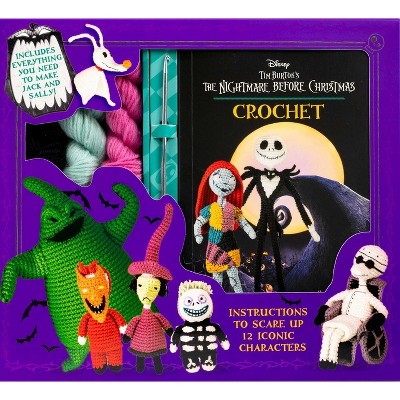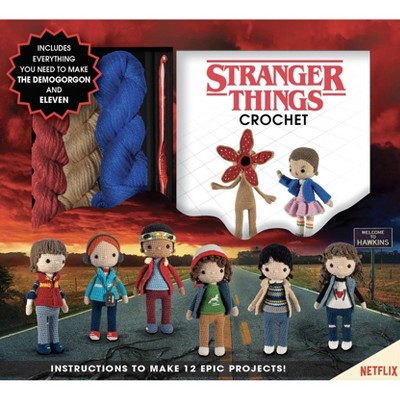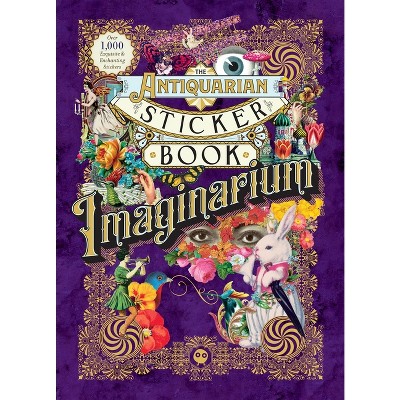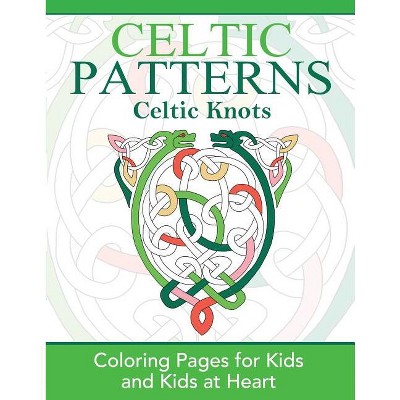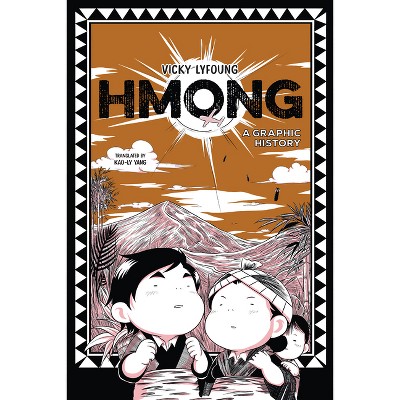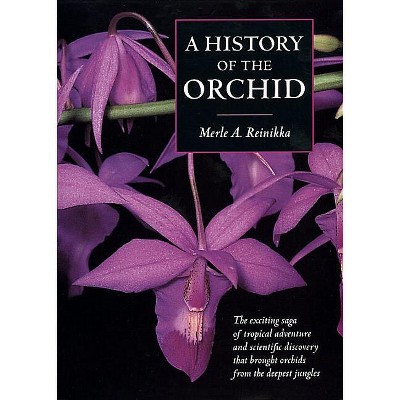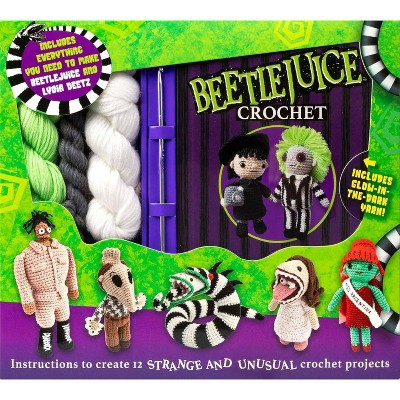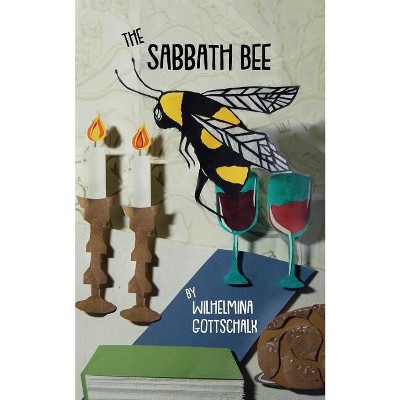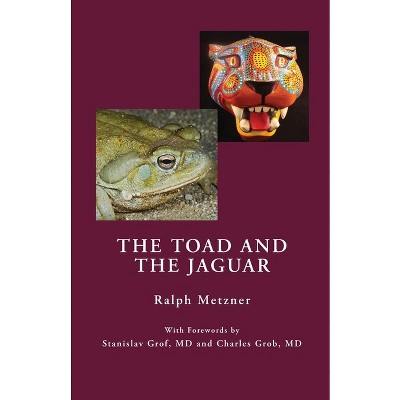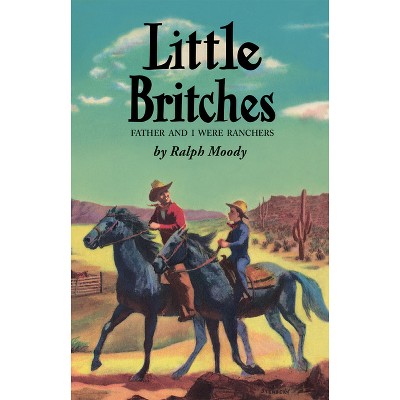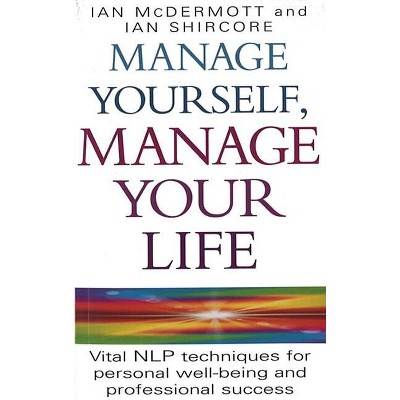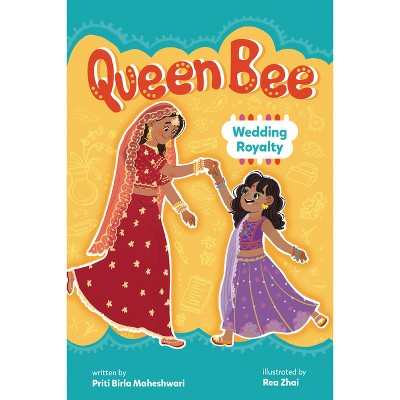Sponsored

Summer Brood Interruption for Vital Honey Bee Colonies - by Aleksandar Uzunov & Martin Gabel & Ralph Büchler (Paperback)
In Stock
Sponsored
About this item
Highlights
- The parasitic varroa mite remains the most serious problem for honey bee colonies worldwide.
- Author(s): Aleksandar Uzunov & Martin Gabel & Ralph Büchler
- 82 Pages
- Crafts + Hobbies, General
Description
About the Book
- Towards sustainable varroa control using biotechnical methods
- Work in harmony with your bees to combat varroa
Book Synopsis
The parasitic varroa mite remains the most serious problem for honey bee colonies worldwide. Despite various chemical treatments, many beekeepers still lose their colonies each year. This book sets out the authors' novel vision and practical steps on to how to manage bees for varroa control using a "nature-based beekeeping" approach. With clear step-by-step charts on what to do and when, and with QR code links to short videos showing "how to" carry out the techniques, the book will enable the beekeeper to work confidently, and in sympathy with their honey bees' natural behaviours. An understanding of bee biology and biological mechanisms is used to describe three different methods for varroa control, each using an interruption of brood rearing in the summer. These are: brood removal, queen caging, and the use of a trapping comb, together with many practical tips to reduce the risks of a queen or colony failing during the treatments.
The authors bring their extensive practical experience of testing these methods in a systematic and scientific way, with insights from many other beekeepers and researchers throughout Europe, to fill an important gap in the beekeeping literature about working in harmony with nature to control varroa. Their approach offers more sustainable colony management in tune with honey bee biology, consumers' requirements, and an increasing public awareness of environmental concerns.
Review Quotes
"Any beekeeper who has tried to control [varroa] mites using only chemical interventions knows the limitations inherent in that practice. Integrated Pest Management is the answer before treatment thresholds are reached. "
"This well-written and nicely organized book outlines three methods... discussed clearly from the basis of bee biology, with the beekeeper's time availability, equipment, and goals in mind... a neat decision tree to help readers decide which method might be right for them."
"Good tips on other aspects of these techniques"
"Good photos and diagrams"
"I liked this book and the ideas presented. My imagination constantly took over and converted these ideas into even more ways to help my bees keep varroa under control. That's a good thing."
Tina Sebestyen
American Bee Journal
"A comprehensive review of the alternatives..."
"very practical book focussing on the accurate description of the methods... with use of infographics and checklists... helping the reader to visualise the operation ... exactly what you need to start"
Dr Raffaele Dall'Olio who has used these methods himself for more than ten years
BeeWorld
"This comprehensive guide delves into the natural mechanisms that help colonies reduce their varroa burden, turning them into practical manipulations beekeepers can use in their colonies for varroa control."
"Fills a gap in the beekeeping literature on the biotechnical methods used for varroa control, applicable in both hobbyist and commercial settings"
Marin Anastasov, Master Beekeeper NDB (National Diploma of Beekeeping),
BeeCraft magazine
"For the practical beekeeper in all situations"
"clear to follow step-by-step instructions make understanding the methods easy."
Devon Beekeeping magazine
Shipping details
Return details
Frequently bought together
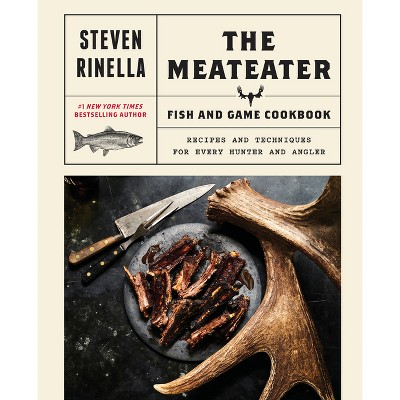
Trending Crafts & Hobby Books
